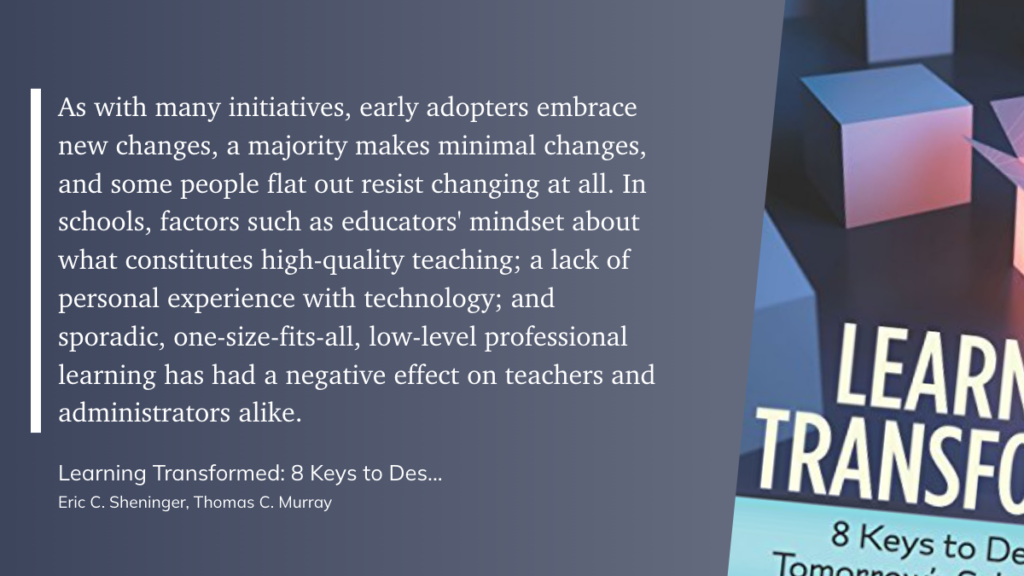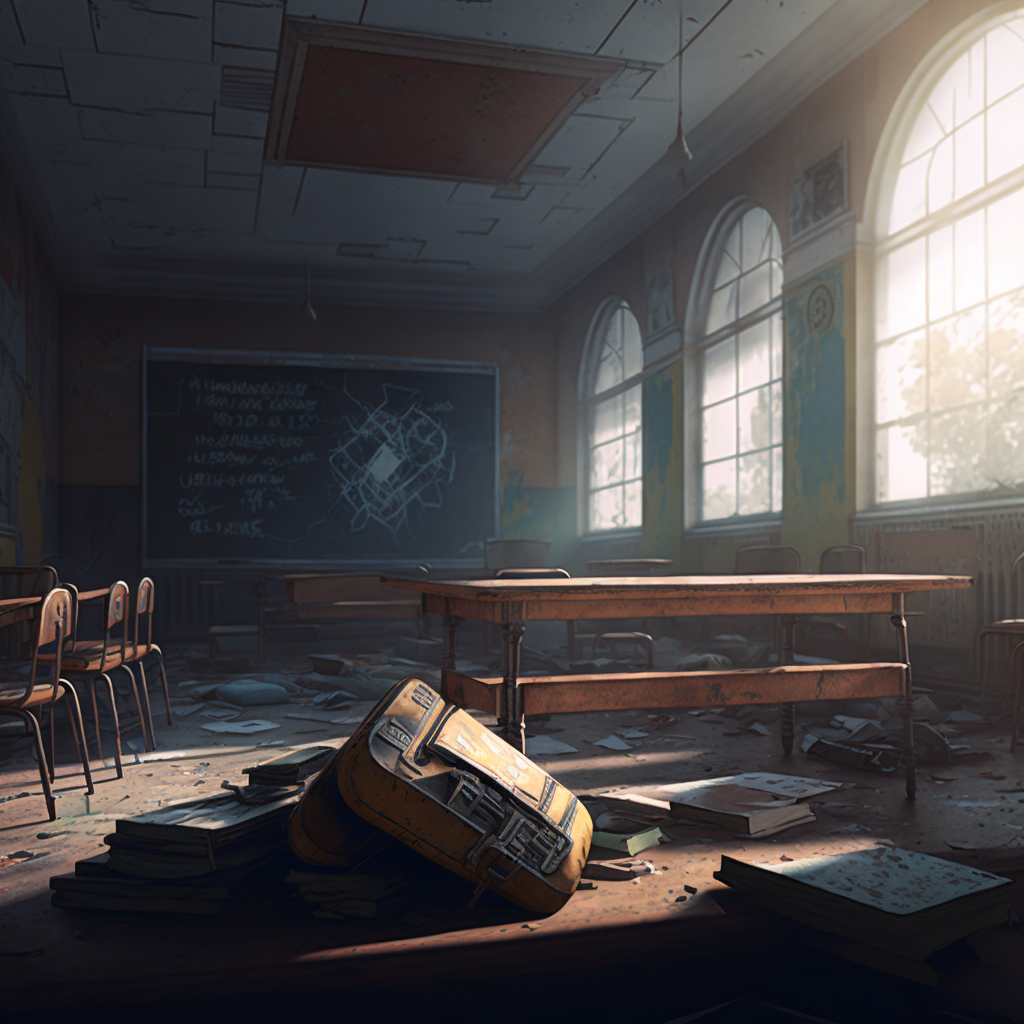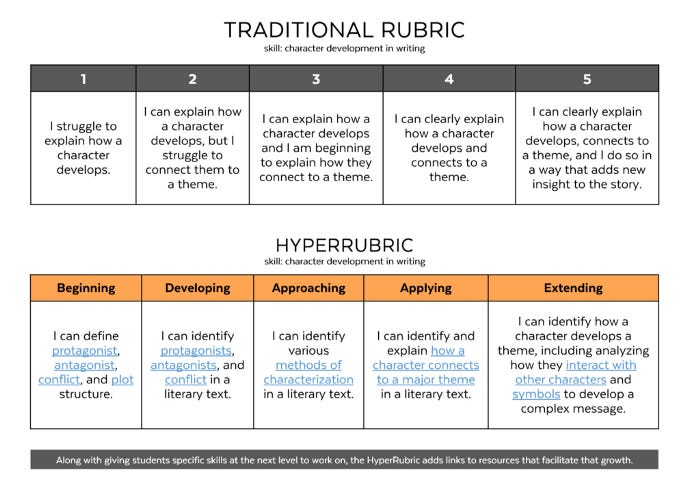The buzz around AI writing tools continues in the education world. Of course, there are several AI tools that we’re already using, whether in the classroom or not. We were using AI tools long before anyone thought about them invading our classrooms, but we didn’t think they had classroom applications.
But none have gotten the coverage that ChatGPT has gotten since its launch on 30 November 2022.
I fear that the first response many educators will have is, “we have to block it right now.”
I understand teachers’ very valid concerns about any new technology tool, but blocking is horribly inefficient and the equivalent of burying our heads in the sand.
As tools proliferate, they become more and more difficult to block School IT departments get enough of these types of requests already, and in most cases, blocking one site only leads to students finding ten more that offer them the same access.
It’s not that I don’t think we need to have good conversations about the responsible usage of tools like ChatGPT. Without rails to guide the path, there is a strong possibility of misuse or poor usage. If there was ever a time when we needed more focus on digital citizenship and media literacy, I can’t think of one.
But we can talk about responsible usage of any tool in the classroom. The concept isn’t new. Before we had Google Docs, kids passed notes in class. The pen was once accused of the oncoming downfall of the education system.
How many times have you had to prevent your classroom from being invaded by ruler helicopters? Abusing tools in the classroom or, perhaps more correctly, using tools to avoid boredom in the classroom is nothing new.
So what do we do with new tools that are certain to disrupt the status quo?
My hope is that more of us have this outlook on new tools available to use in schools:
Obviously, our classroom activities should challenge students to do more than regurgitate information. We should challenge students to create from their imagination.
We must strive for deeper learning in every classroom in every school.
If teachers design student-centered learning experiences that allow students to write with support in class, ChatGPT won’t be nearly as disruptive as some articles claim.
Catlin Tucker
We should provide opportunities that stimulate their brain and make neural pathways come alive with dancing dreams of great design.
When we don’t embrace new technologies, we deny students options. We prevent them from learning about how their world is changing.
I love me some disruptive technology. There’s no point in beating our chest about how technology x has made y obsolete. The business world can not ignore disruptive technology or they will go out of business. As educators we are in the business of preparing students for THEIR future. The future for students includes AI (Artificial Intelligence).
– Alice Keeler
But not only do we prevent students from experiencing new tools that can be very useful in their lives, but we also overlook what we, as teachers, can use these tools for to make our lives easier.
The emergence of AI education disruptors like ChatGPT reveal the need for more diverse teaching models. The COVID-19 pandemic was a catalyst, spurring teachers and administrators into action. We can’t return to “normal school” any more than we can ignore new educational advancements.
We must embrace change. We can’t move forward without it.
How Disruptive Will ChatGPT Be?
I introduced Minecraft: Education Edition to my school district last school year and made the statement in a school board presentation that it was likely the most disruptive tool I’d brought to the district.
But ChatGPT? Oh my. I hope it breaks more barriers and causes more people to rethink daily what they do in classrooms. We already know (or we should know) that students will use AI tools to write papers. I hope educators use it, and many other technologies, to completely redesign education for the future.
Thanks for reading. Get access to exclusive content and expert insights on technology, teaching, and leadership by subscribing to my newsletter. Stay up-to-date on the latest trends and join our community of professionals and educators worldwide.













